ORBIS LUMEN | OVERVIEW
The Light of the World
“If the empty space within our atoms were eliminated, the collective volume of the entire human population, consisting of 8 billion individuals, could be contained within a single sugar cube.“

“The most beautiful and horrifying Dymaxion map yet.”
David McConville, The Buckminster Fuller Institute
Humanity uniquely depends on collective myths, including religion, money, borders, capitalism, nuclear deterrence and others. These abstract narratives wield substantial influence over our physical reality.
Sugar serves as a prime example of an inconspicuous yet influential narrative. Its transformation from a luxury to a societal staple was propelled by the British Empire and the industrial revolution, significantly shaping the modern narrative. Sugar’s history includes connections to slavery, the early factory system, and the development of multinational capitalism. Even today, the attempt to reduce sugar consumption has created new industrial opportunities, resulting in “sugar-free” products driven by cost savings and product variations.
ORBIS LUMEN shows a map of the Earth built from multiple layers of white industrial sugar cubes and illuminated by the complete sequence of all nuclear explosions from 1945 to the present day. ORBIS LUMEN stages the most extreme power released by mankind, which irrevocably changed the atmosphere and ignited the epoch of the atomsphere with its application and supposed mastery of atomic power. Using the cubes as three-dimensional pixels, ORBIS LUMEN emphasizes the intimate relationship between information, energy, resources and their resulting impact on society and nature.
Common depictions of Earth which we see in news and navigation systems are based on the Mercator projection displaying distorted and incorrect proportions of Earth’s landmasses.
Buckminster Fuller’s 1943 Dymaxion map of the entire surface of the Earth reveals our planet as one continent in one ocean, without any obvious distortions of the relative shapes and sizes of the land areas, and without splitting any continents.
This anthropocentric map anticipated a new planetary environment, illustrating the possibility of a Russian nuclear missile approaching the United States via the North Pole – a subtle aspect absent and even invisible from the commonly employed Mercator map.

ORBIS LUMEN emphasizes that what is frequently seen as “mastery” in nuclear power is actually a continual and entrenched human failure, which worsens with each repetition. We persist in making errors, with some providing valuable lessons, while others result in alarming and harmful consequences. Often, these mistakes involve both aspects. The nuclear fallacy will result in contami-nation and longterm suffering once the phase of atomic greenwashing fades away.
ORBIS LUMEN provokes profound reactions and reflections on our technological advancements, their consequences and the impending threat of nuclear warfare and omnicide, the annihilation of all life forms including humanity.
User Experience
Upon entering a dimly lit room, the user is enveloped in an atmosphere that prepares them for an immersive encounter. In the darkness, intermittent flashes begin to illuminate a world map, gradually revealing the Earth’s outline to the user.
A moment of intensity occurs as the entire map of Earth is suddenly bathed in blinding white light, creating a stark contrast. As the flashes persist, the user gradually comprehends that the map is crafted from an astonishing 40,000 industrial white sugar cubes.
This realization deepens the user’s connection to the artwork. The user discovers that these flashes symbolize a chronological record of over 2000 nuclear detonations. This revelation carries a profound and thought-provoking message.
The user is prompted to contemplate the collective experience and the unique nature of this nuclear canvas, fostering introspection on the theme of nuclear warfare explored by the artwork.
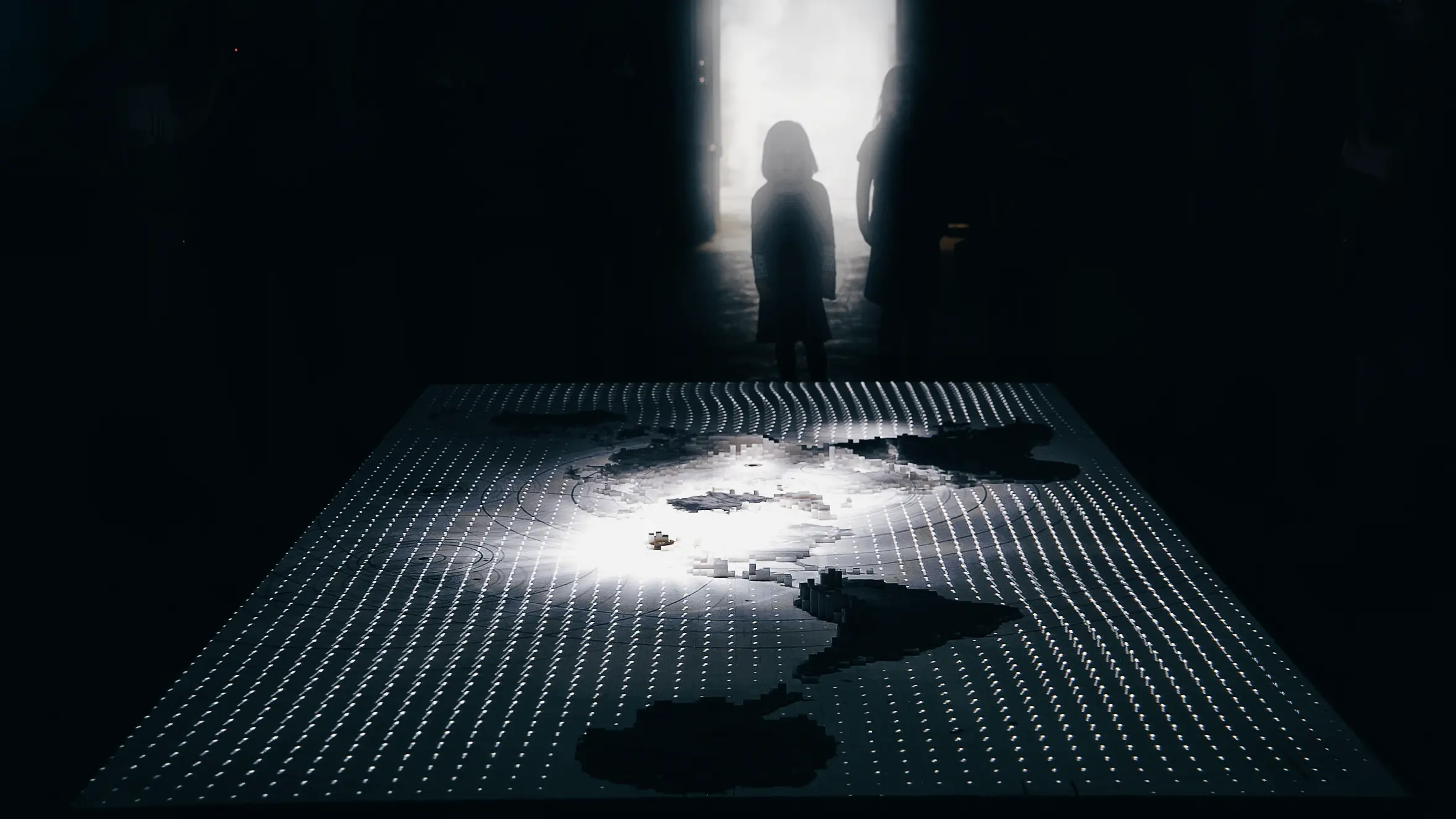
At times, it flickers across the global canvas: Kazakhstan, Nevada, Japan… Then the entire Earth is enveloped in blinding white. It’s a chronological record of nuclear detonations. The artist initially conceived his project as a neutral representation, yet he couldn’t remain indifferent when he suddenly perceived these explosions not merely as abstract data but as projections on his world map. He remarked, “I was genuinely taken aback. The collective, the entrancing spectacle, the dazzling nature of the nuclear tests left me utterly astounded.”
The artists at Ars Electronica consistently excel in rendering the impacts of technology on our world visible. This year, once again, they demonstrate the importance of periodically questioning our achievements.
Von Philip Artelt, 09.09.2018, Deutschlandfunk Kultur,
https://www.deutschlandfunkkultur.de/festival-ars-electronica-in-linz-wie-die-kunst-die-100.html
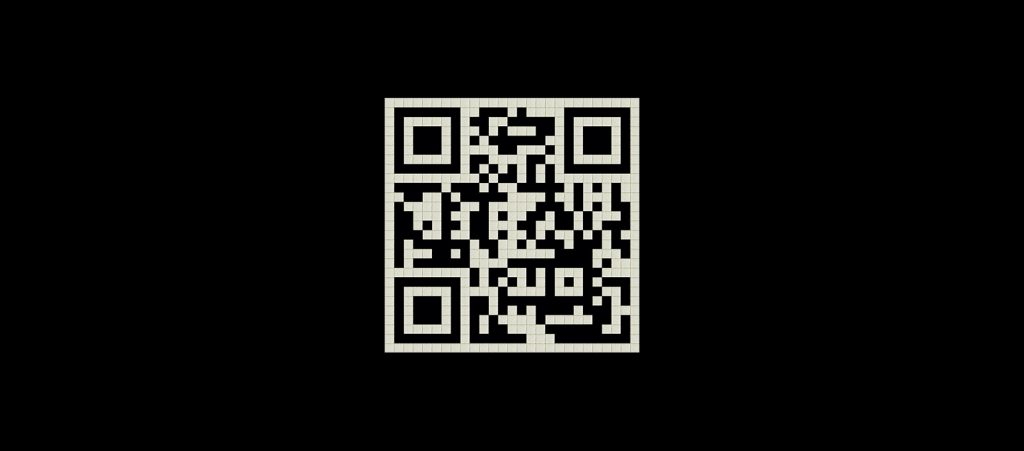
STATIONS
- Cynetart, Hellerau, Germany
- 2017 11 16 – November 16, 2017
- https://www.cynetart.org/2017/ausstellung_11.php?l=en
- Luminale Frankfurt am Main, Germany
- 2018 03 18 – March 18, 2018
- https://de.wikipedia.org/wiki/Luminale
- Noise Signal Silence, Schauspiel Köln, Germany
- 2018 04 28 – April 28, 2018
- https://www.instagram.com/noisesignalsilence/?hl=en
- Ars Electronica, Linz, Austria
- 2018 09 06 – September 6, 2018
- https://ars.electronica.art/aeblog/en/2018/09/11/festival2018/
- The Black Box, Muffatwerk, München, Germany
- 2018 11 03 – November 3, 2018
- https://www.muffatwerk.de/blackbox
- Pochen, Chemnitz, Germany
- with a special narration from Angela Merkel, then chancellor of Germany
- 2018 11 03 – November 3, 2018
- https://www.pochen.eu/pochen-2018-heute
- Oval Office, Schauspielhaus Bochum, Germany
- 2018 12 13 – December 13, 2018
- https://www.schauspielhausbochum.de/de/stuecke/208/michael-saup
CREDITS
created by
Michael Saup, Andrea Winter & Andreas Erhart
co-produced by
Trans-Media-Akademie Hellerau e.V.
selected by
Ulf Langheinrich
consultants
Shuichi Fukazawa
David McConville, The Buckminster Fuller Institute, USA
supported by
International Uranium Film Festival
Umweltbundesamt Dessau, Germany
special thanks
Endre Ketzel, Thomas Dumke & the team at cynetart Dresden
with the help of
die wellenmaschine, Li Alin, Nicole Pesant Méalin, Rosa-Lee Sendlinger, Nadine Bors, the openframeworks community, Knut Bressgott, Laura & Emily Winter, Karolina Funk
filmed by
Acci Baba, Michael Saup & Pit Schulz
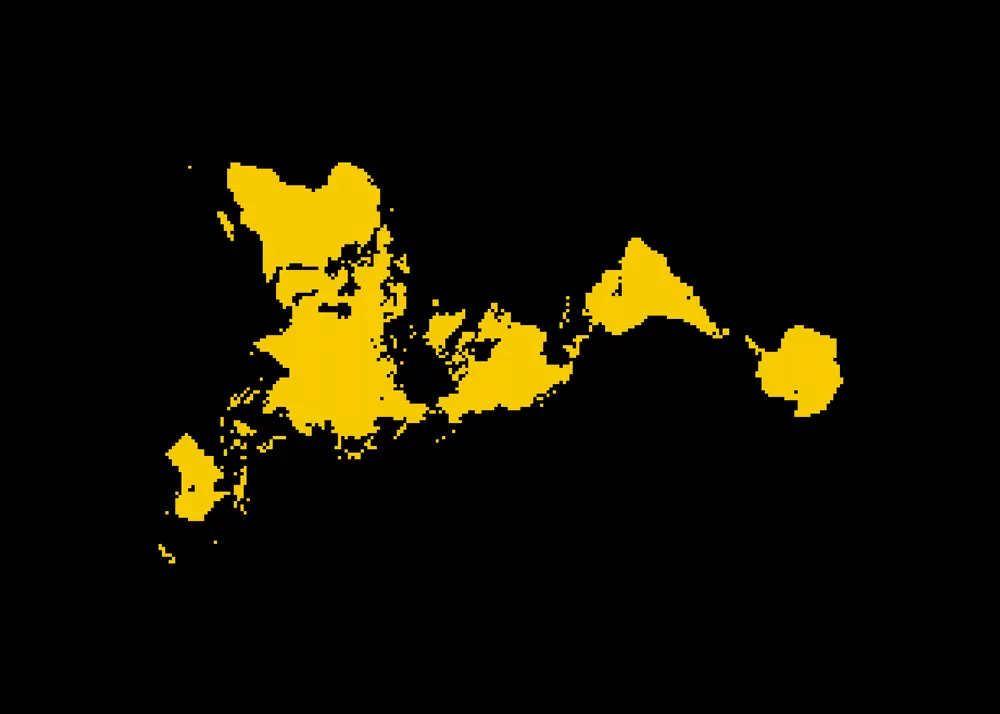


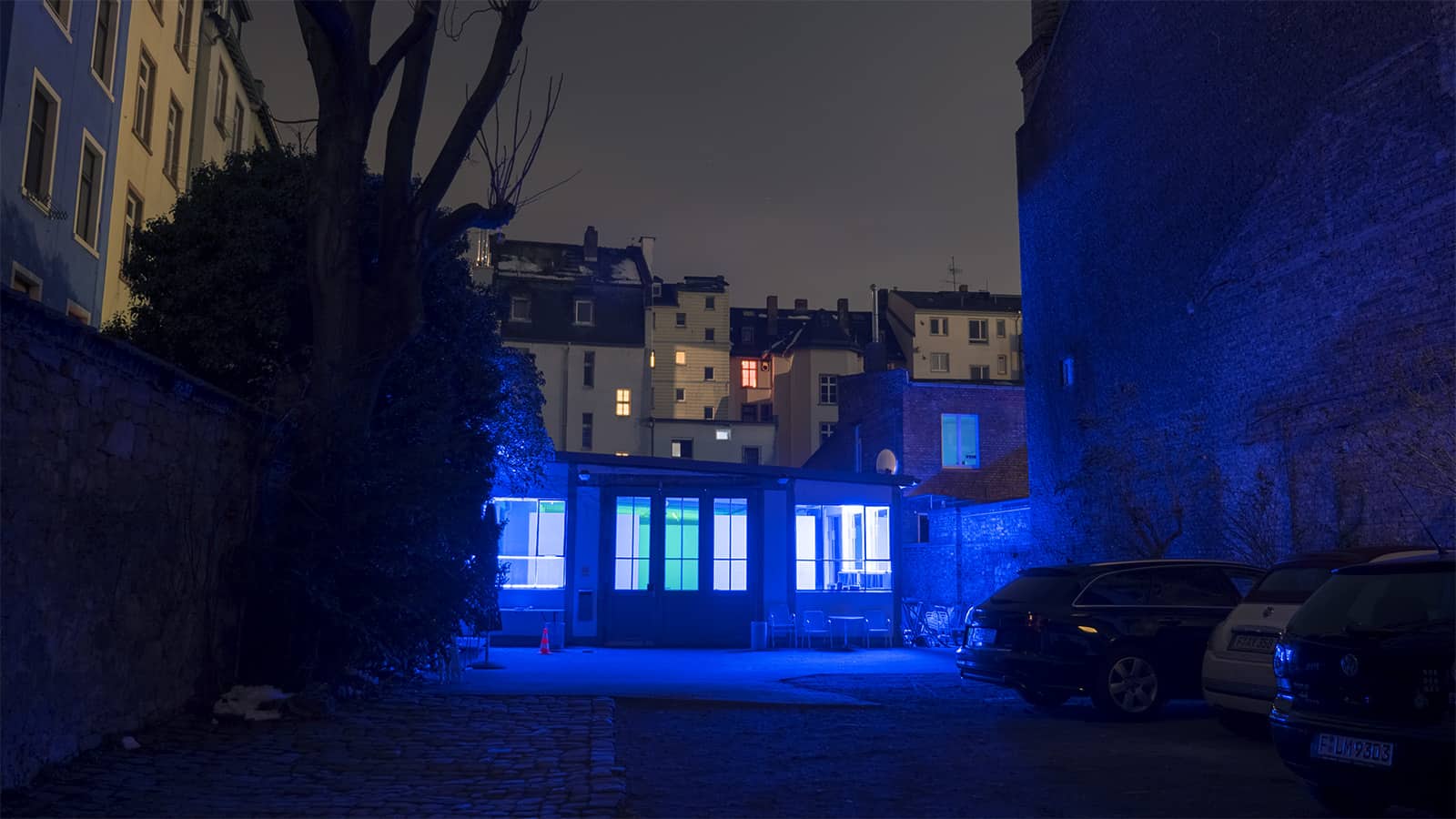
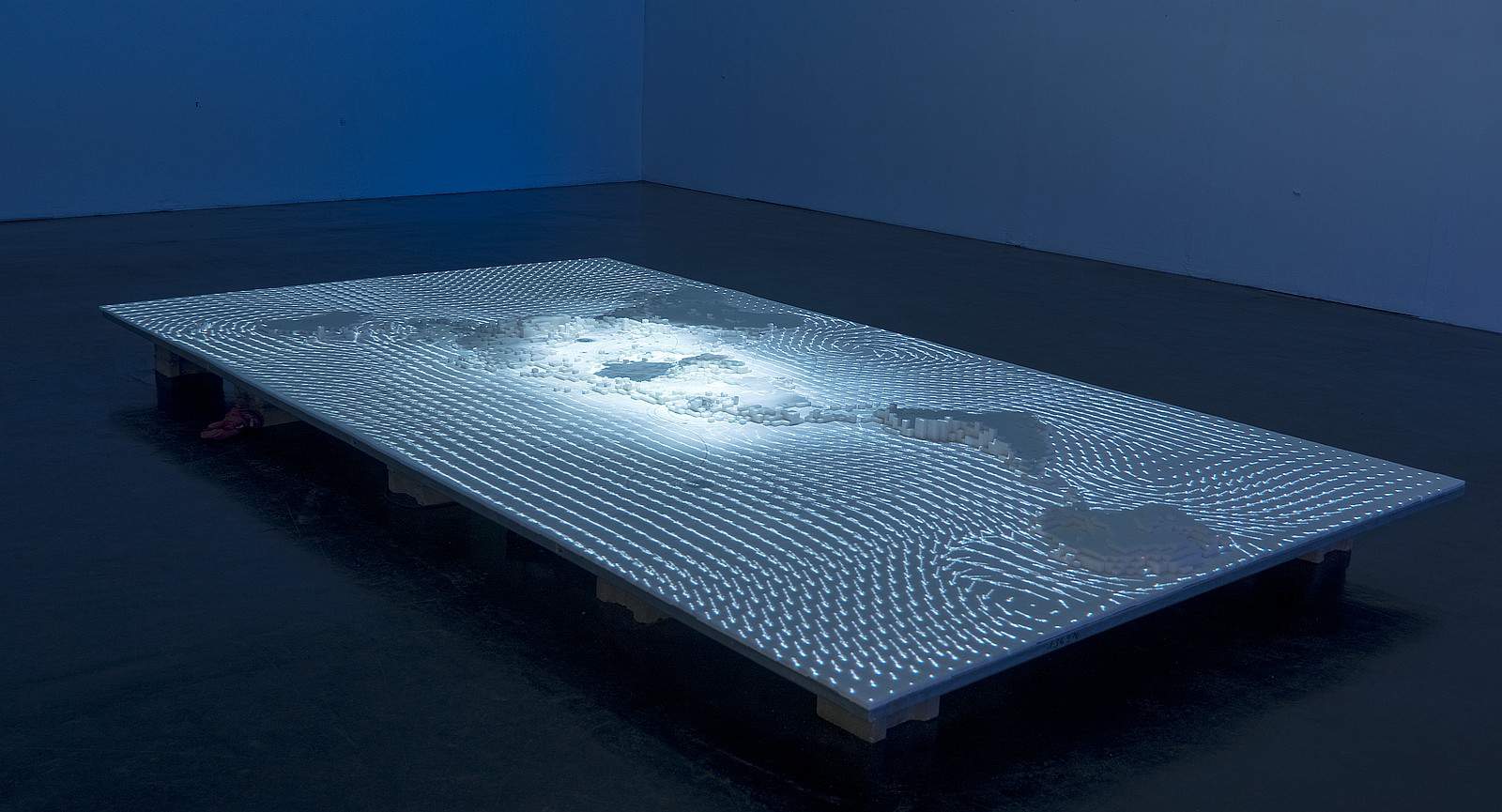
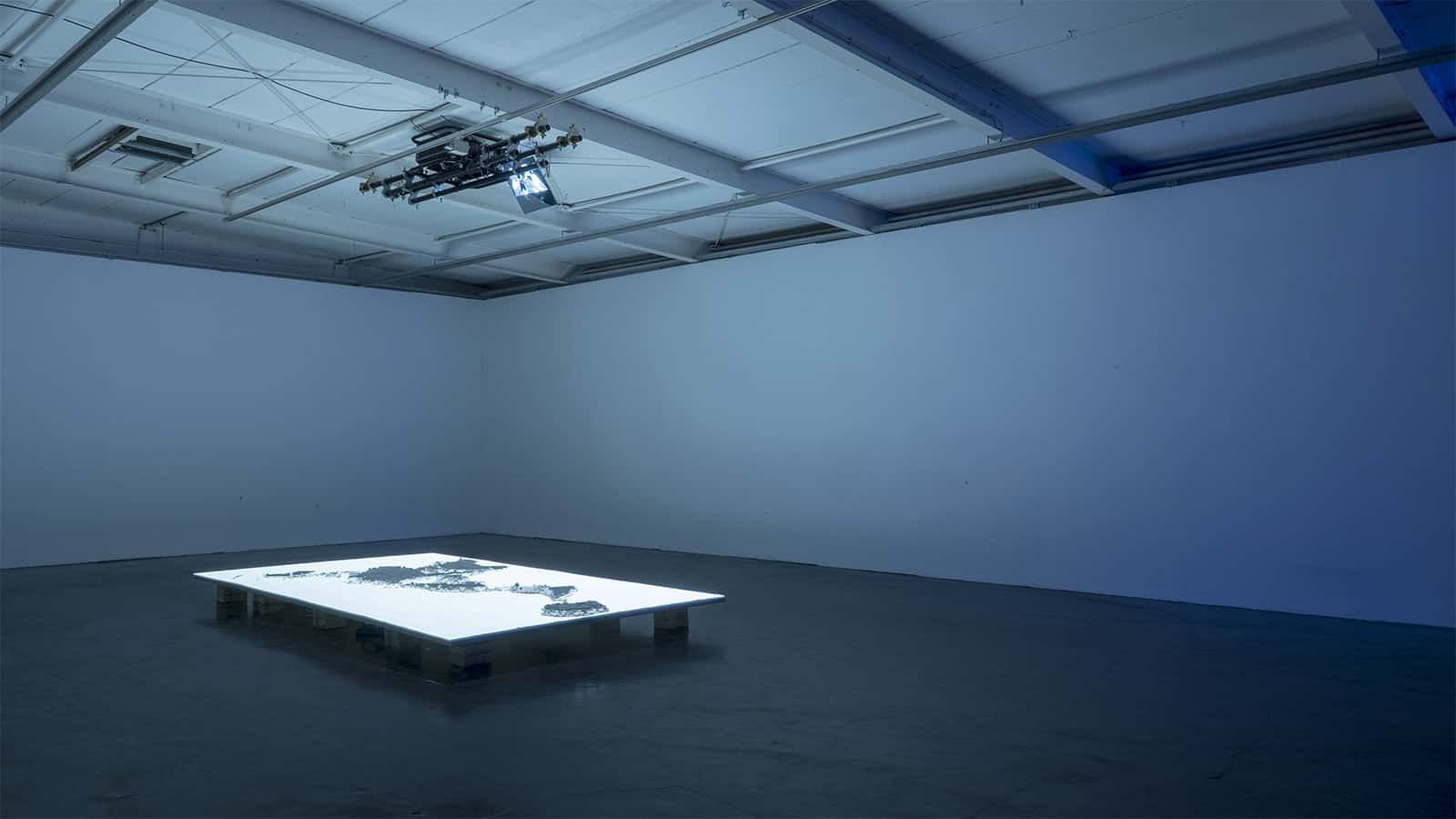

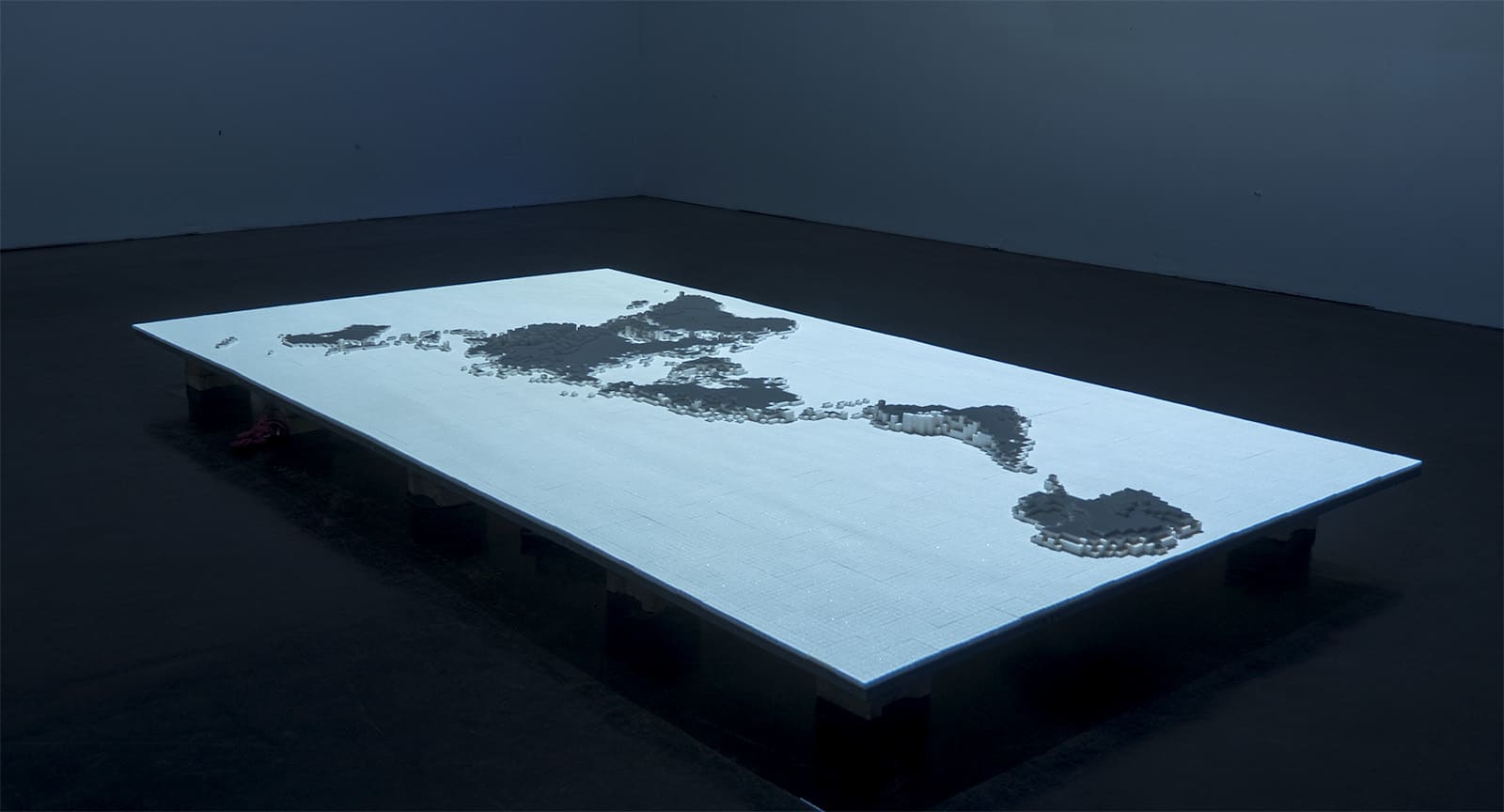
One thought on “ORBIS LUMEN | OVERVIEW”
Comments are closed.